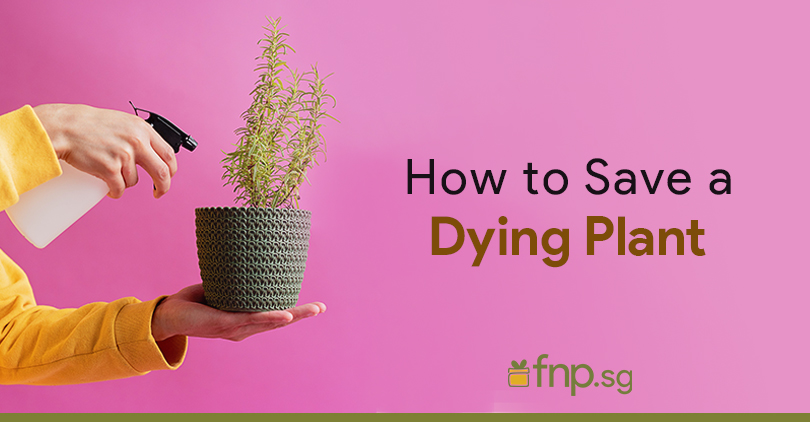How to Save a Dying Plant: Tips and Tricks
Houseplants can bring life and beauty to your home, but they can sometimes struggle, leaving you with a dying or wilting plant. The good news is that you don't have to give up on your leafy friend just yet. With a little care, attention, and some know-how, you can often revive a struggling plant and help it thrive once more. In this blog, we will explore some effective strategies and tips on how to save a dying plant.





